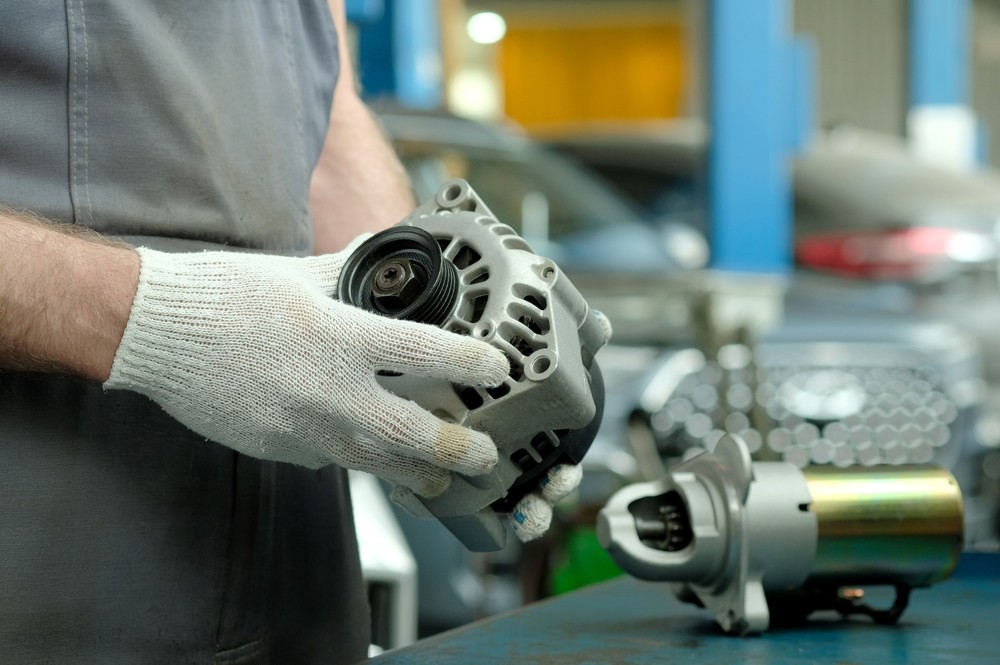Air Circulation is the Secret to Maintaining DC Motors

Certain standards are ubiquitous across every factory environment, regardless of what’s being produced. Among these universal standards is an emphasis on air circulation. Whether the aim is to remove microbial pathogens from the air or to collect combustible particles, it’s vital for manufacturers to continuously cycle the air in their facilities.
What many don’t realize is that air circulation is also crucial at the equipment level. Specifically, it’s essential to ensure continuous air circulation around DC motors. Failing to keep air moving could result in a motor that’s equally stagnant.
Air circulation is a leading cause of failure
While electric motors don’t last forever, they tend to have long lifespans when they receive proper care and routine maintenance. Electric overload and low resistance commonly break down motors, but there’s one problem that stands out from the rest: overheating.
Overheating accounts for approximately 55% of insulating failures in motors. Insulation life takes a big hit as operating temperatures climb higher. It’s estimated that insulation life is reduced by 50% for every 10 degrees Celsius that the temperature of the motor rises. Keeping the motor — as well as the surrounding environment — as cool as possible can help prevent breakdowns and extend a motor’s lifespan. The critical secret involves consistent airflow.

Tips for improving airflow to DC motors
Investing time in simple, routine maintenance can keep motors cool and prolong their lifespan. For example, a simple maintenance activity is to ensure proper airflow and circulation through the DC motor housing and in the area around the motor, where ambient heat is present.
To improve airflow to motors and reduce the chances of insulation degradation and potential overheating failures, be sure to:
- Clean ventilation passages. Dirt can clog ventilation passages, causing motors to overheat via blocked vents. Blow away dirt and debris from vents on a regular basis. Keep the fan cover and cooling fin as clean as possible for worry-free operation.
- Monitor temperature. Keep a close eye on motor operation — specifically operating temperature — to spot airflow-induced problems before they occur. Monitor and adjust fan speed, when necessary, to help induce cooling.
- Invest in forced fan cooling. Provide an electric fan to blow air over the motor for forced air cooling. This lowers the heat transfer into the machine, allowing the motor to work at a higher load.

Keep air flowing to prevent potential problems
While every motor generates heat, proper air circulation can prevent problems associated with overheating, including insulation loss and component failure. Maintaining good air flow around DC motors is inherently a form of preventive maintenance, and managing airflow with equipment like fans and HVAC systems can go a long way when toward keeping motors cool.
Monitor facility-level airflow as well as equipment-specific temperatures, and make airflow and circulation improvements a priority where heat issues present themselves. Although there’s no stopping the ambient heat generated by a running DC motor, managing airflow will help prevent degradation and mechanical failures.